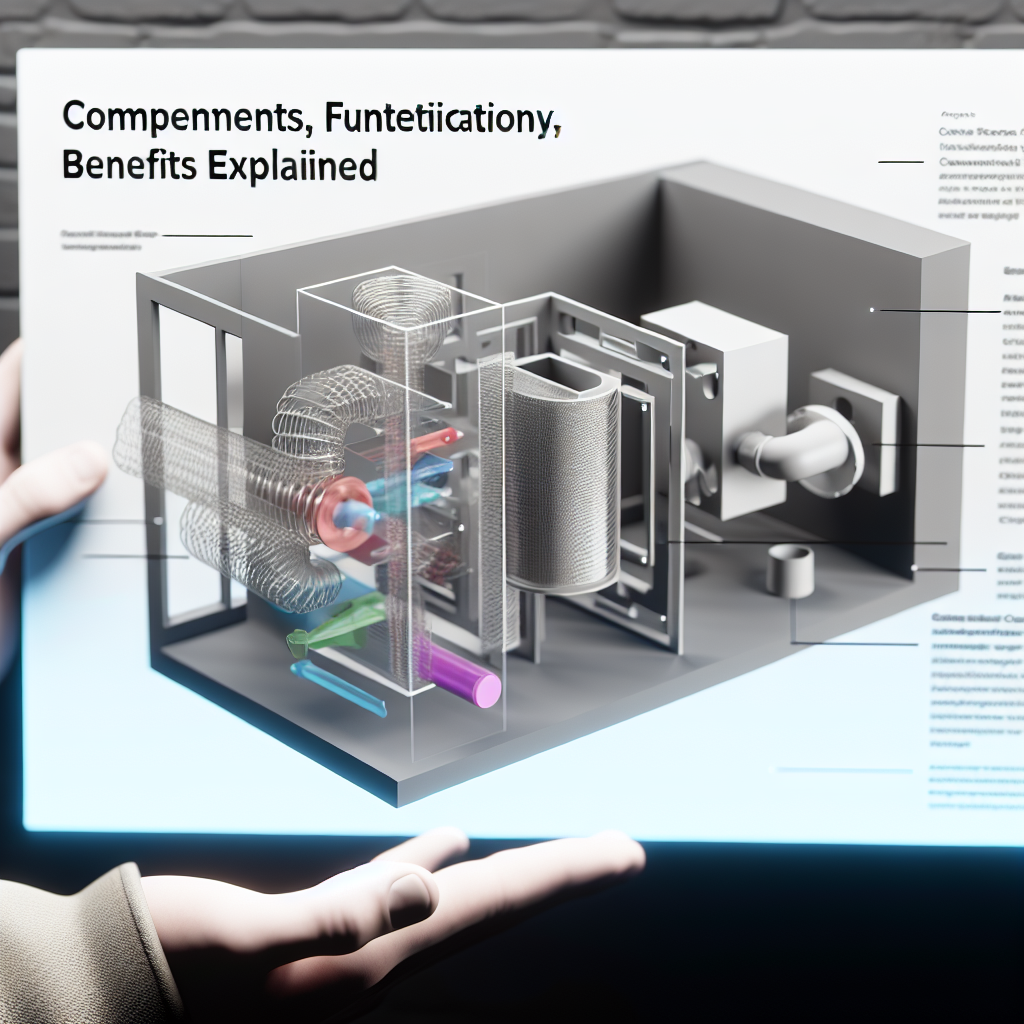HVAC Systems Explained: Components, Functionality & Benefits 🌍 | Ultimate Guide for Beginners #hvac
Understanding HVAC systems is essential for maintaining comfortable indoor environments efficiently. This guide will explore the key components, how they work together, and the numerous benefits of a properly functioning HVAC system, providing beginners with a comprehensive foundation to make informed decisions about heating, ventilation, and air conditioning solutions.
Understanding the Core Components of HVAC Systems
An HVAC system comprises several critical components that work harmoniously to provide optimal climate control within indoor spaces:
- Heating Units: Typically include furnaces or boilers, which generate heat using gas, electricity, or oil. These units are responsible for maintaining warmth during colder months.
- Cooling Equipment: Usually involve air conditioners or heat pumps that extract heat from indoor air to provide cool, comfortable temperatures during hot weather.
- Ventilation Systems: Including air handlers and ventilation fans, these components ensure proper airflow, remove indoor pollutants, and maintain fresh air circulation.
- Thermostats & Controls: These devices monitor indoor temperature and humidity levels, enabling precise adjustments and energy efficiency.
- Ductwork: Invisible pathways that distribute conditioned air throughout the building and return it to the system, ensuring even temperature distribution.
Each part is vital; for instance, a malfunction in the ductwork can significantly reduce system efficiency, leading to higher energy costs and uneven cooling or heating. Modern HVAC units often integrate smart technology for better control and energy savings.
Functionality & Benefits of Modern HVAC Systems
HVAC systems operate through a cycle of cooling, heating, and ventilation that maintains a comfortable indoor environment. The process begins with sensors detecting temperature changes, prompting the thermostat to activate the appropriate components. The system then works to heat or cool the air, filter out contaminants, and distribute it evenly.
Some notable benefits include:
- Enhanced Comfort: Consistent indoor temperatures irrespective of outdoor weather conditions.
- Air Quality Improvement: Filtration systems reduce dust, allergens, and pollutants, promoting healthier indoor air.
- Energy Efficiency: Advanced systems utilize zoning, smart controls, and high-efficiency units to optimally manage energy consumption, reducing utility bills.
- Environmental Impact: Newer HVAC models incorporate eco-friendly refrigerants and energy-saving technologies, minimizing environmental footprint.
In addition to comfort, investing in a well-maintained HVAC system can lead to lower maintenance costs, improved health, and increased property value. Understanding these functionalities helps homeowners and businesses make strategic choices for their climate control needs.
Conclusion
In summary, HVAC systems are complex yet essential networks of components designed to create comfortable, healthy indoor environments. From understanding the individual parts like heating and cooling units to recognizing the importance of ventilation and control mechanisms, a comprehensive knowledge of HVAC helps you appreciate its benefits. Proper maintenance and upgrades can maximize efficiency, comfort, and sustainability for years to come.
